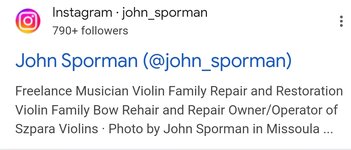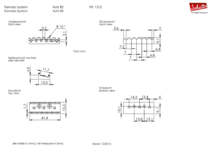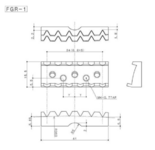dean701
Well-known member
I think the new bridges are of less quality than those pre-2011. I have never had an issue with any of my Axis with the original Gotoh. At first the fine tuner became sticky, then it started to wobble still being able to hold tune, then it became more free as time went on.Whoa, how did you manage that? I've heard of stripped out holes for the intonation adjustment, but never for the fine tuner holes. Aren't the bridge plates usually steel, and the intonation screws made from some softer metal?
Anyway, I do feel your pain, as getting bridge plates for any Floyd Rose system is difficult. Even Stewart Macdonald doesn't stock any. Neither does Allparts. It almost seems like the manufacturers of the bridges themselves have chosen to not have any parts available like that. You can usually find the other parts, but not base plates.
Last edited:









